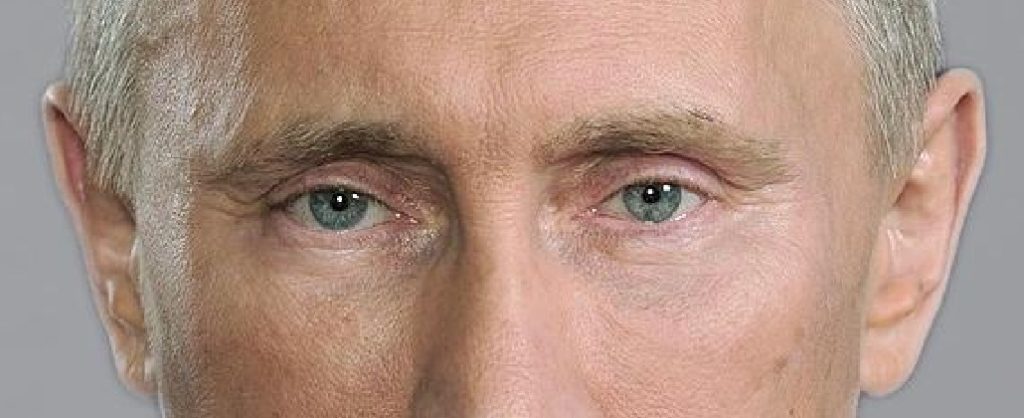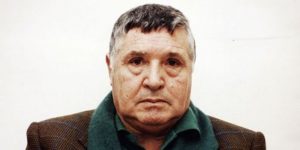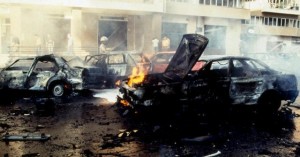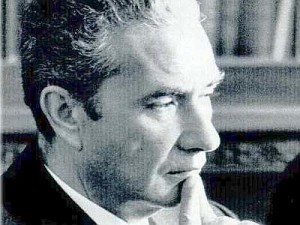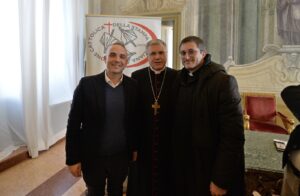Spesso accade, a noi magistrati del penale, di ascoltare un imputato e chiederci – fino alla fine del processo – se si tratti di un colpevole o di un innocente.
Quelli, tra noi, che più cercano di amministrare il dubbio (e sistemarlo al di là di ogni possibile ragione di verità) sanno di cosa sto parlando.
Così ti ritrovi spesso a indagare lo sguardo dell’imputato perchè, in quegli occhi, si ritrova l’infallibile macchina della verità.
Non sempre questo metodo empirico funziona e la storia giudiziaria ricorda tanti casi in cui un assassino aveva lo sguardo dell’innocente.
Ad esempio, accadde nell’omicidio di Salvo Lima che il suo killer riusci a tenersi indenne da ogni sospetto.
Lo si ritenne estraneo fino al momento in cui confessò.
Mise molto tempo a convincere della sua colpevolezza gli inquirenti, abbagliati da un alibi perfetto che lui stesso aveva costruito con professionale abilità.
Fatta questa premessa è facile comprendere come l’aspirazione di ogni buon organo inquirente sia quella di scoprire, grazie all’ammissione, quanta verità di colpa fosse nascosta nello sguardo.
Ho spesso sondato – grazie alle numerose fotografie che, negli anni, i giornali hanno diffuso – lo sguardo del vecchio Vlad.
Quello sguardo bonario e accondiscendente di un orso bruno, all’apparenza addomesticato, ripulito di un passato nel famigerato servizio segreto russo KGB.
Mi chiedevo: “Ma è mai possibile che questo Presidente sia il mandante di feroci omicidi contro uomini e donne rei solo di pensarla diversamente da lui?”.
Leggevo la storia della Politkovskaja (uccisa a Mosca il 7 ottobre 2006) eliminata per avere difeso i diritti umani e raccontato il dramma ceceno.
Scoprivo che duecento giornalisti erano stati soppressi o scomparsi nel nulla.
Faceva eco, dentro di me, l’agonia di Aleksandr Litvinenko, avvelenato, a Londra, dalle radiazioni del Polonio-210.
Nel suo stato pre-agonico, quell’uomo, che aveva militato nelle unità scelte del KGB (con la famigerata sigla FSB), accusava apertamente Vlad di essere stato il mandante della sua morte.
Aveva anche spiegato il movente connesso al piano per l’assassinio di un oligarca russo, Berezovskij, poi materialmente eseguito a Londra qualche tempo dopo (23 marzo 2013).
Molti altri omicidi, più o meno eclatanti, di oppositori si erano susseguiti nel ventennio di presidenza ed ogni volta mi facevo la stessa domanda:
“Ma come fanno quegli occhi e quello sguardo da Husky Siberiano a travisare e nascondere una così grande colpa?”.
La mia aspirazione di Verità su ciò che nascondevano quegli occhi ha avuto il suo empirico esito in un giorno che l’Europa difficilmente dimenticherà.
Aerei ed elicotteri – con la bandiera del vecchio Vlad – che bombardano luoghi popolati da inermi civili.
E finalmente lo sguardo che non può più rifugiarsi a protezione della menzogna.
Sì… come hai fatto a dubitarlo anche per un solo momento?
Era lui il colpevole…
Lorenzo Matassa
*
A CERTAIN IDEA of VLAD…
It often happens to us criminal magistrates to listen to a defendant and ask ourselves – until the end of the trial – if he is guilty or innocent.
Those of us who try to manage doubt (and settle it beyond any possible reason for truth) know what I’m talking about.
So you often find yourself investigating the gaze of the accused because, in those eyes, you find the infallible lie detector.
This empirical method does not always work and judicial history recalls many cases in which a murderer had the look of an innocent.
For example, it happened in the case of the murder of Salvo Lima where his killer managed to avoid any suspicion.
Investigators thought he was a stranger until the moment he confessed.
It took him a long time to convince the investigators of his guilt, dazzled by a perfect alibi that he himself had constructed with professional skill.
Having said this, it is easy to understand how the aspiration of every good public prosecutor office is to discover, thanks to admission, how much truth of guilt was hidden in the gaze of the guilty.
I have often probed – thanks to the numerous photographs that, over the years, the newspapers have disseminated – the gaze of old Vlad.
That good-natured and condescending gaze of a brown bear, apparently tame, cleansed of a past in the infamous Russian secret service KGB.
I wondered:
“But is it possible that this President is the instigator of ferocious murders against men and women guilty of thinking differently from him?”.
I was reading the story of Politkovskaya (killed in Moscow on October 7, 2006) eliminated for defending human rights and recounting the Chechen drama.
I discovered that another two hundred, including journalists and refugee opponents, had been suppressed or disappeared into thin air.
The agony of Aleksandr Litvinenko, poisoned in London by the radiation of Polonium-210, echoed within me.
In his pre-agonal state, that man, who had served in the KGB elite units (with the infamous FSB abbreviation), openly accused Vlad of having been the instigator of his death.
He had also explained the motive connected to the plan for the assassination of a Russian oligarch, Berezovsky, then physically carried out in London some time later (23 March 2013).
Many other murders, more or less sensational, of opponents have followed one another in the twenty years of presidency and every time I have asked myself the same question:
“But how do those eyes and that Siberian Husky look to misrepresent and hide such a great guilt?”.
My aspiration for Truth about what those eyes were hiding had its empirical outcome in a day that Europe will hardly forget.
Airplanes and helicopters – with old Vlad’s flag – bombing places populated by unarmed civilians.
And finally that gaze can no longer take refuge to protect the lie.
Yes … how did you ever doubt it even for a single moment?
He was the culprit…
Lorenzo Matassa
